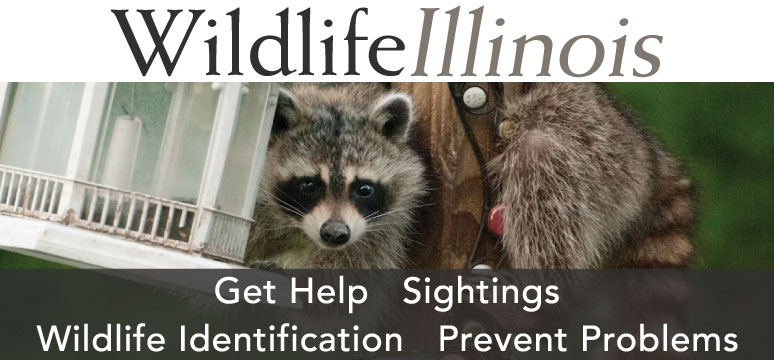
The Wildlife and Sport Fish Restoration (WSFR) Program addresses the challenges of managing America’s natural resources with effective, targeted grant programs designed to benefit fish and wildlife while capitalizing on recreational opportunities across the country. The core value of all WSFR Programs is fostering cooperative partnerships between federal and state agencies, and working alongside hunters, anglers and other outdoor interests to enhance recreational opportunities while advancing sustainable resource goals.
The Pittman-Robertson Wildlife Restoration Act (PR) and the Dingell-Johnson Act (DJ) provide funding to states and territories for on-the-ground wildlife and fisheries conservation. Here we focus on PR-related funding.
Pittman-Robertson
The majority of PR funds are spent on acquisition, development, and operation of wildlife management and public use areas involving about 68 million acres. The Illinois Department of Natural Resources’ (IDNR) PR Hunter Education Program trains students on conservation values and safe, responsible use of firearms. Since its inception, PR had given out more than $2 billion total to states, combined with $500 million in state funds.

How Does PR Work?
Industry partners pay excise taxes and import duties on equipment and gear manufactured for purchase by hunters, archers and recreational shooters. Federal tax collection agencies are responsible for collecting the excise taxes. The Alcohol and Tobacco Tax and Trade Bureau collects taxes on firearms and ammunition. The Internal Revenue Service collects excise taxes from archery items. The collecting agencies deposit PR funds into the Wildlife Restoration Account.
Who Benefits from the Programs?
The American public benefits from PR programs. Outdoor enthusiasts get more and better places to hunt and recreate; the industry gets a growing base of hunters, shooters, archers, and other recreational users who purchase more supplies and equipment; and state and federal agencies get more funds to meet on-the-ground conservation needs. The general public and our nation’s wildlife benefit from better stewardship of the nation’s natural resources.
Annual Allocation
In 2014, IDNR received $22 million in Wildlife and Sport Fishing Restoration dollars. All of this funding was invested in restoring and conserving Illinois’ fish and wildlife natural resources. Among the PR-funded projects is ongoing research on white-tailed deer and Chronic Wasting Disease (CWD).
Illinois White-tailed Deer Study

White-tailed deer were nearly eliminated from Illinois in the early 1900s. Closing the hunting season and intensive restocking effort was undertaken, and by the 1970s deer were once again present in every county of the state. Deer became so popular that in 1980 school children voted the white-tailed deer the official state animal.
Still one of the most popular and valuable wildlife resources in Illinois, managing the white-tailed deer is a top concern of IDNR. Persistent diseases, such as CWD, present difficult issues for deer managers. CWD has been detected in the Illinois deer population since 2002 and IDNR and been actively managing its spread and prevalence through programs aimed at increasing hunter harvest in CWD-positive counties and sharpshooting “hot spots.” This research project provides valuable information necessary in the effective management of the Illinois deer herd.
Paul Vehlow is retired from the Division of Federal Aid and Special Funds, Illinois Department of Natural Resources.

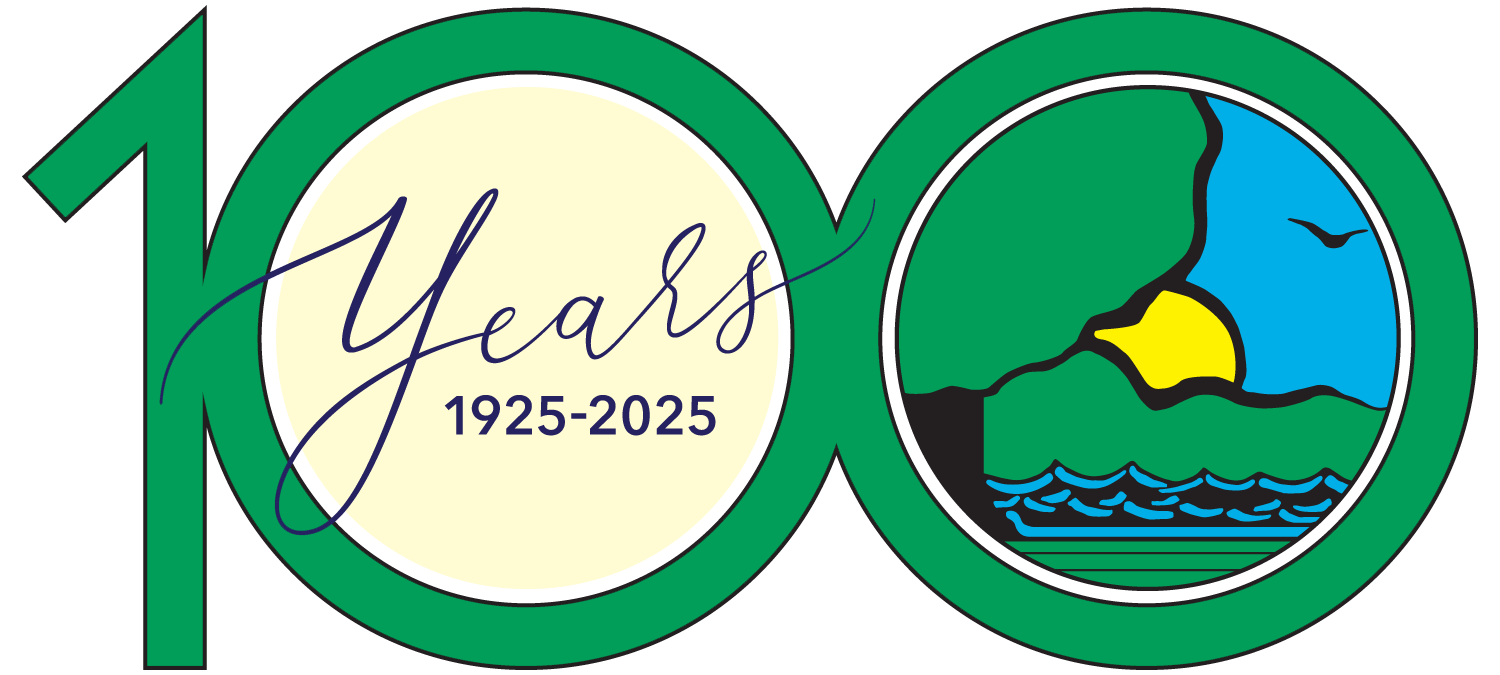

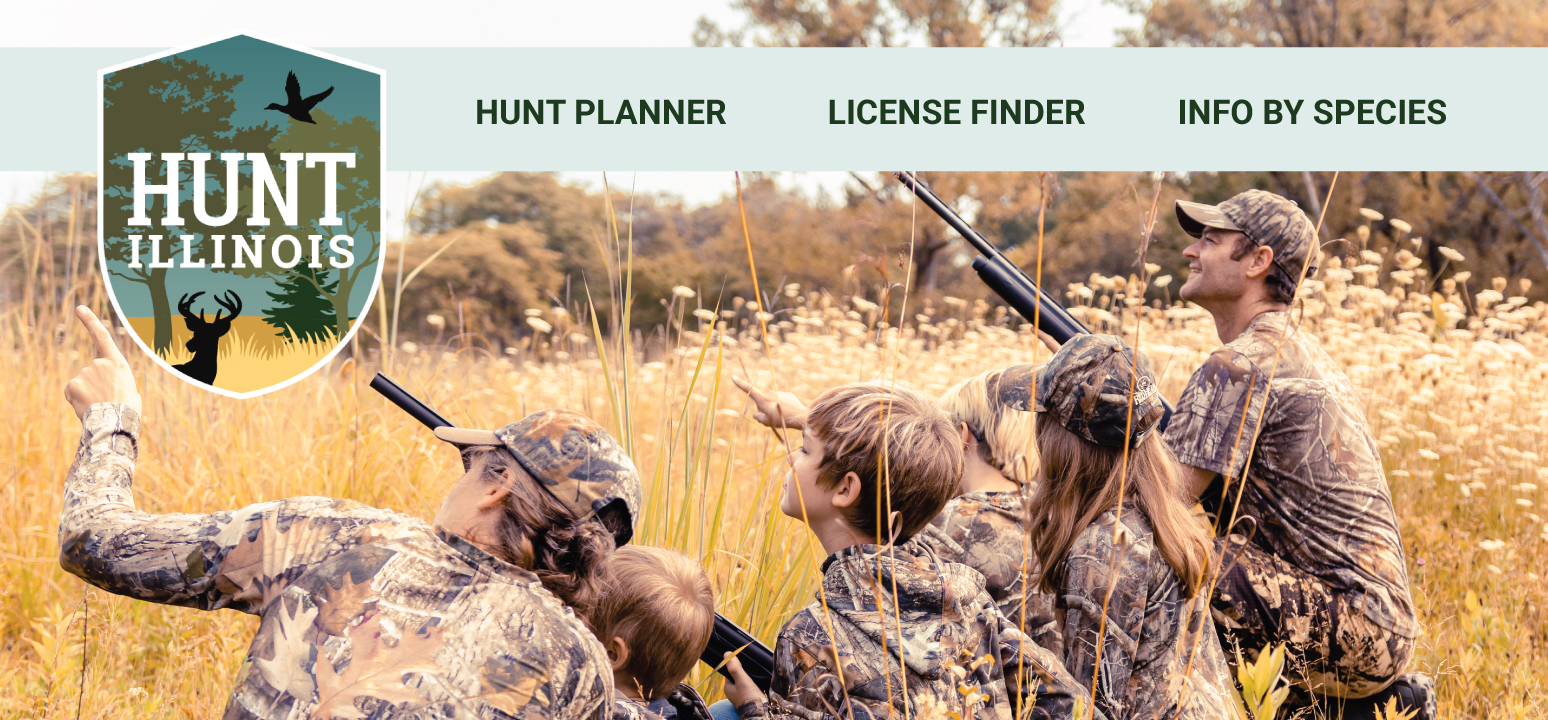

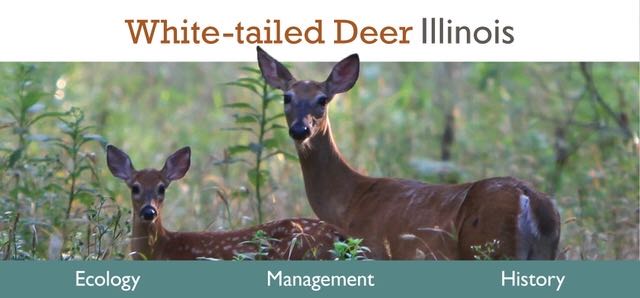
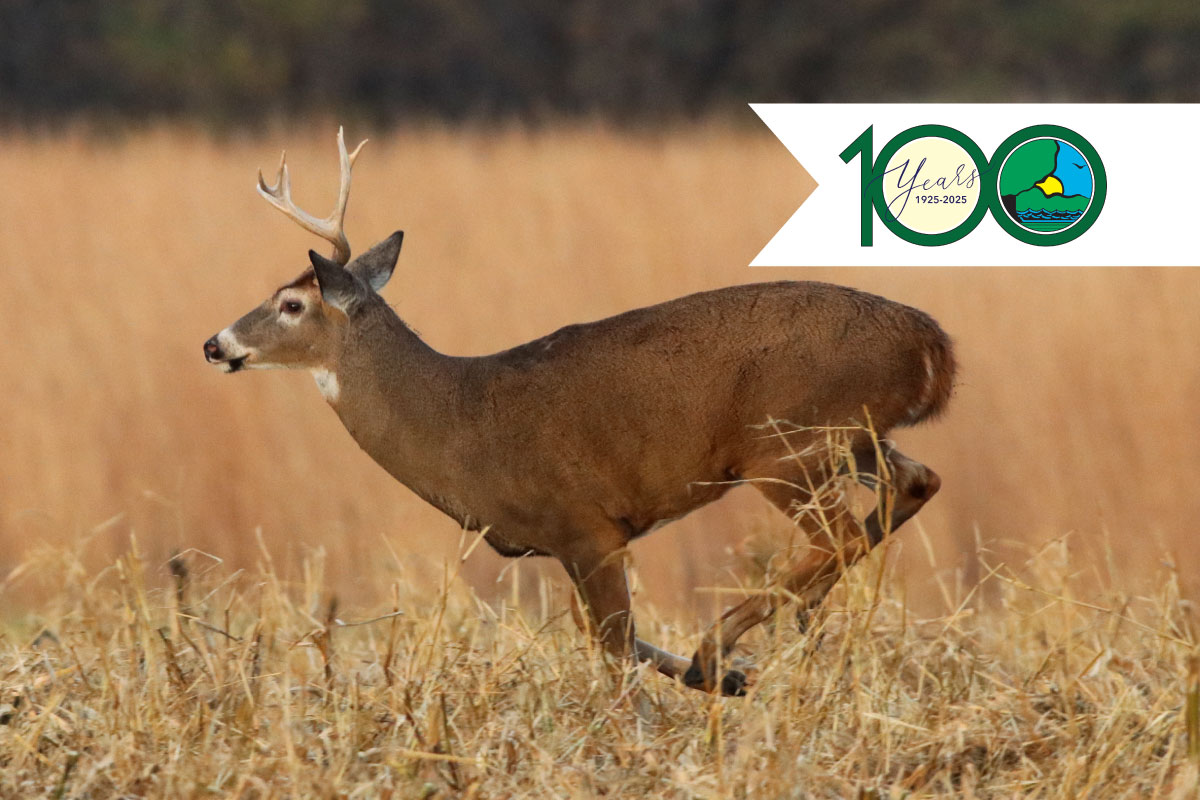
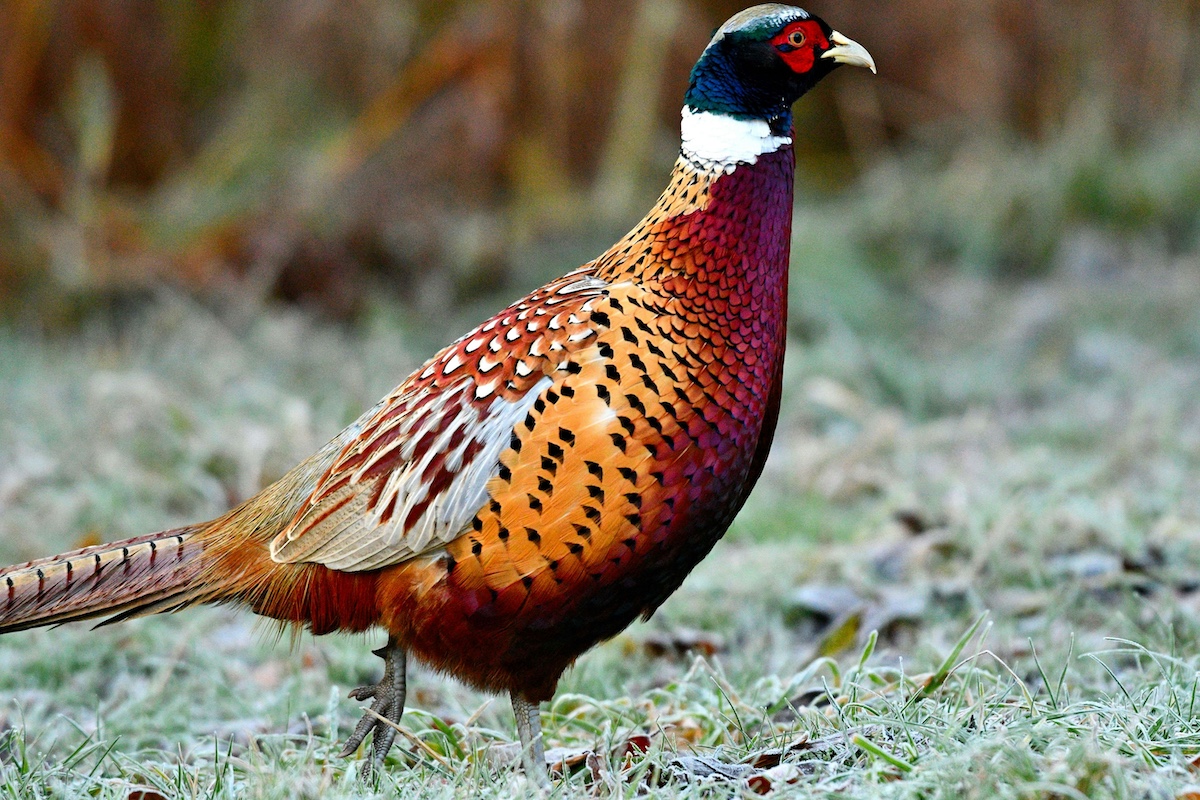
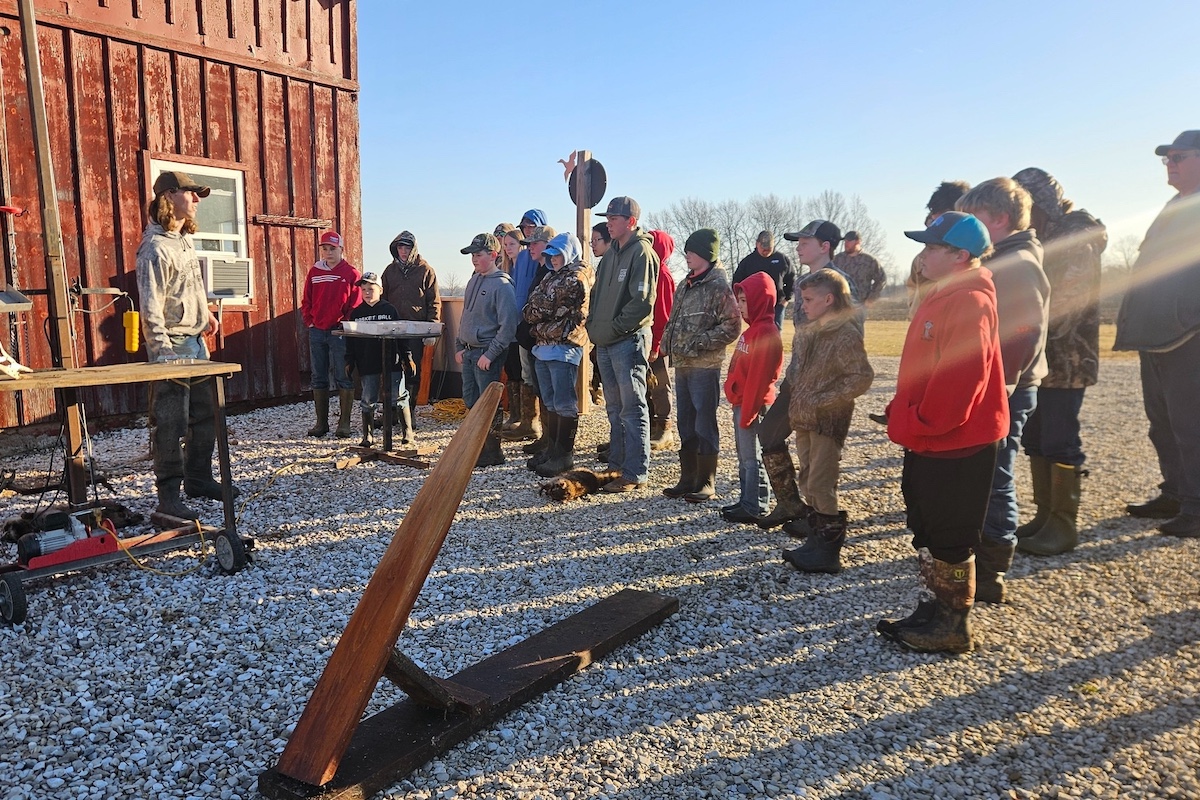
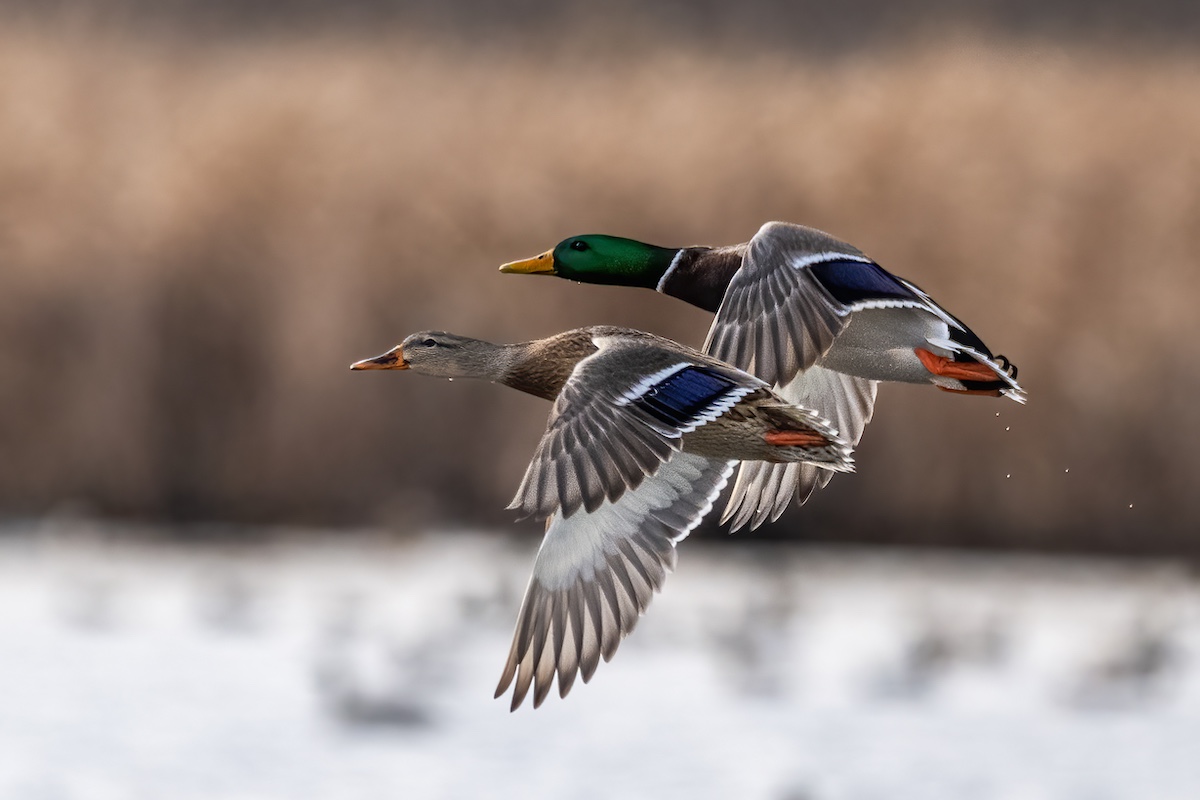
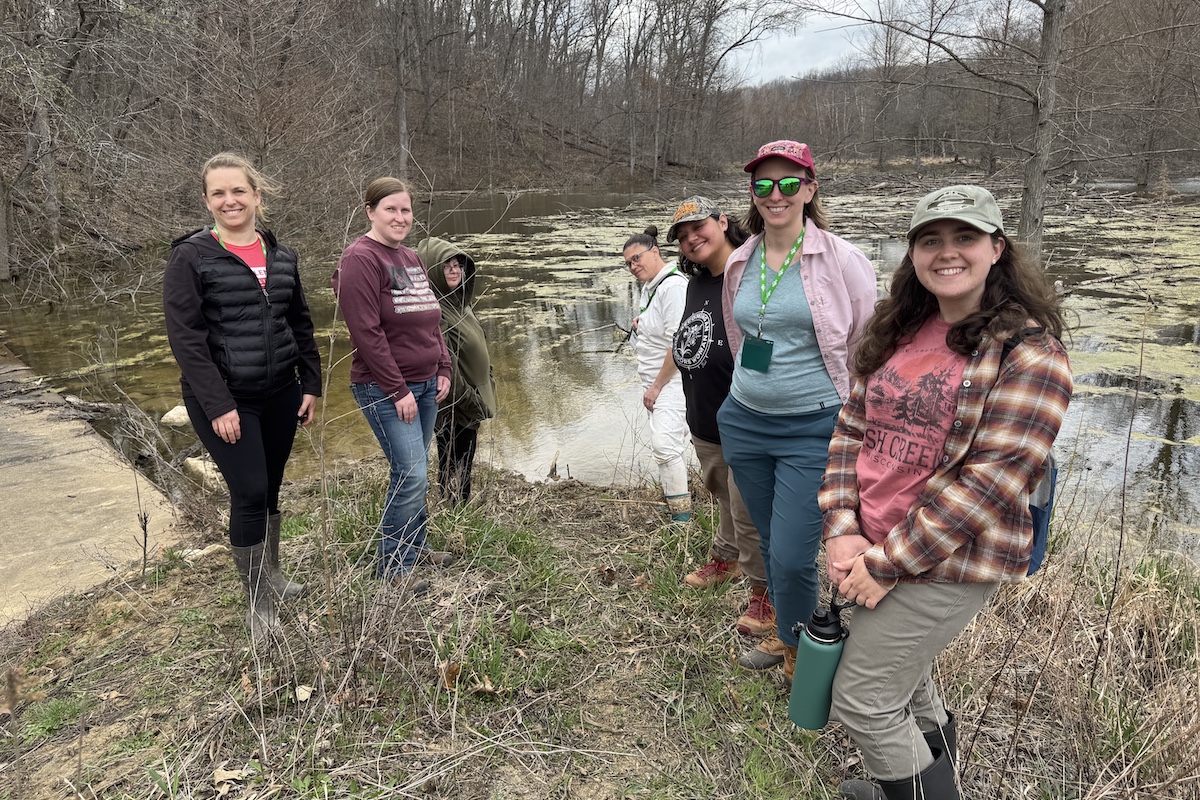
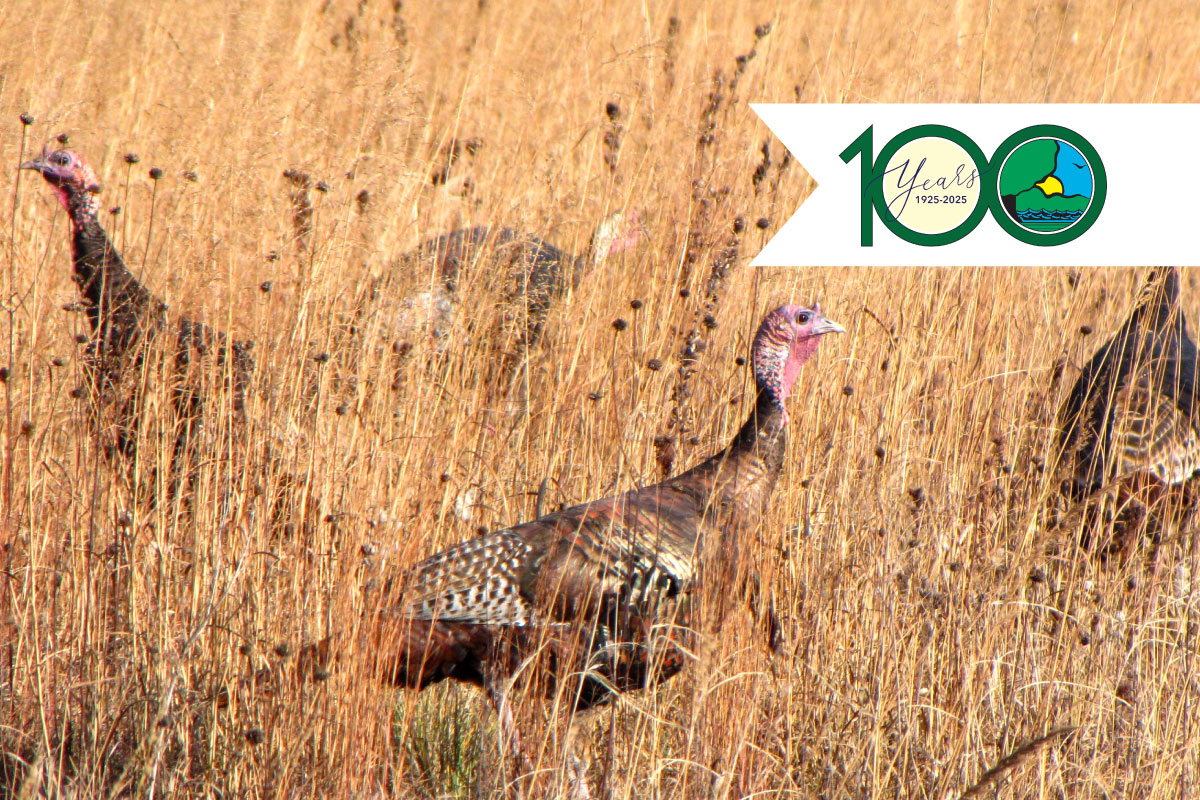
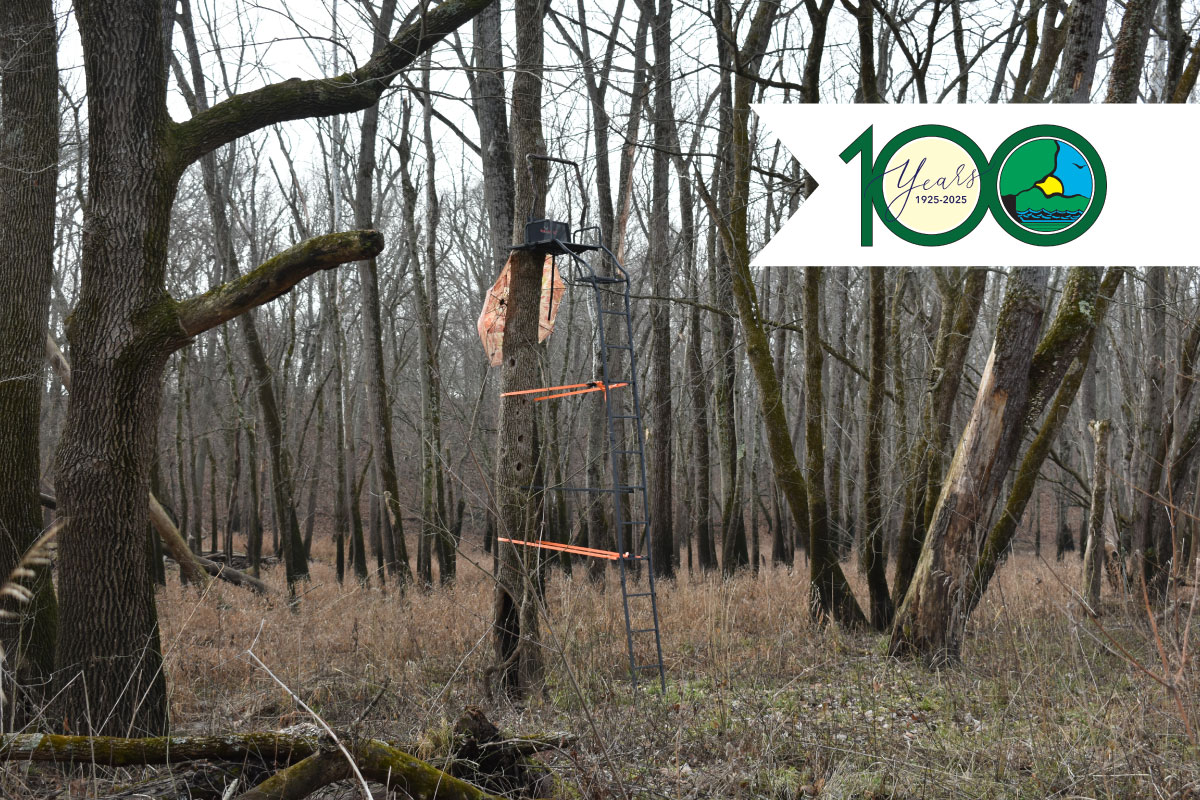
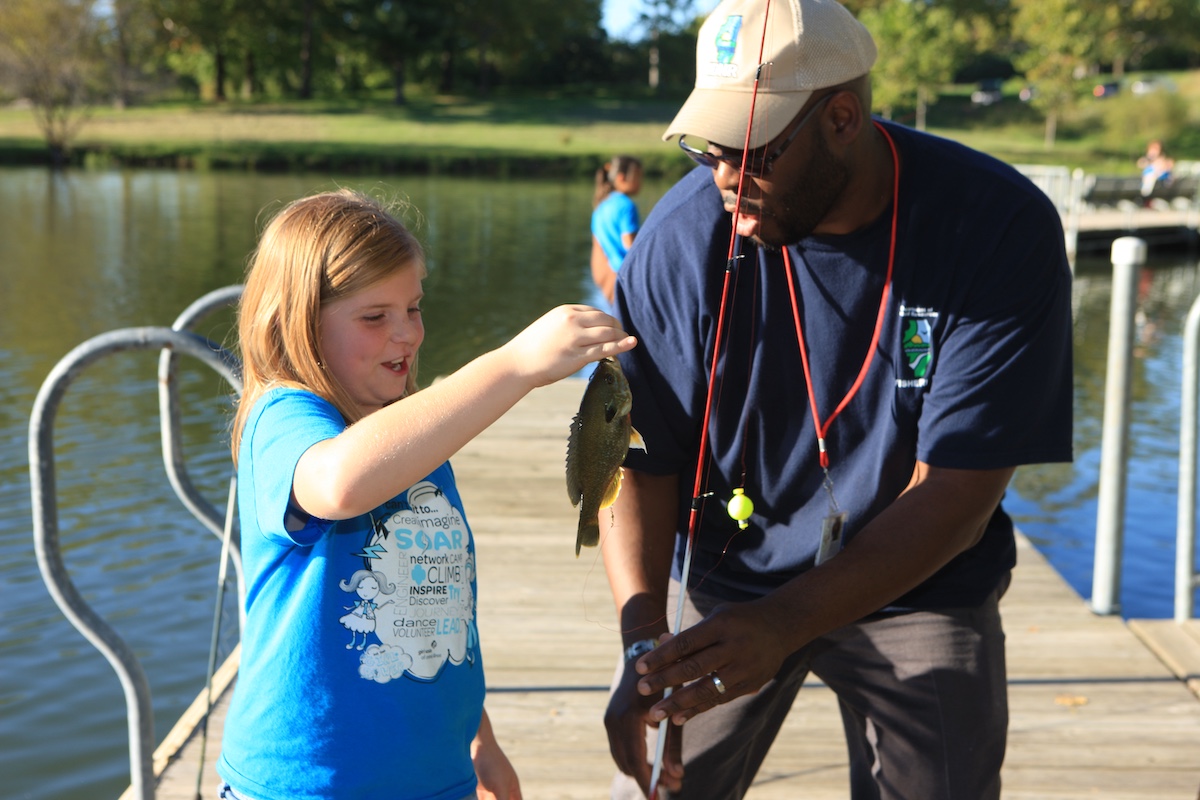
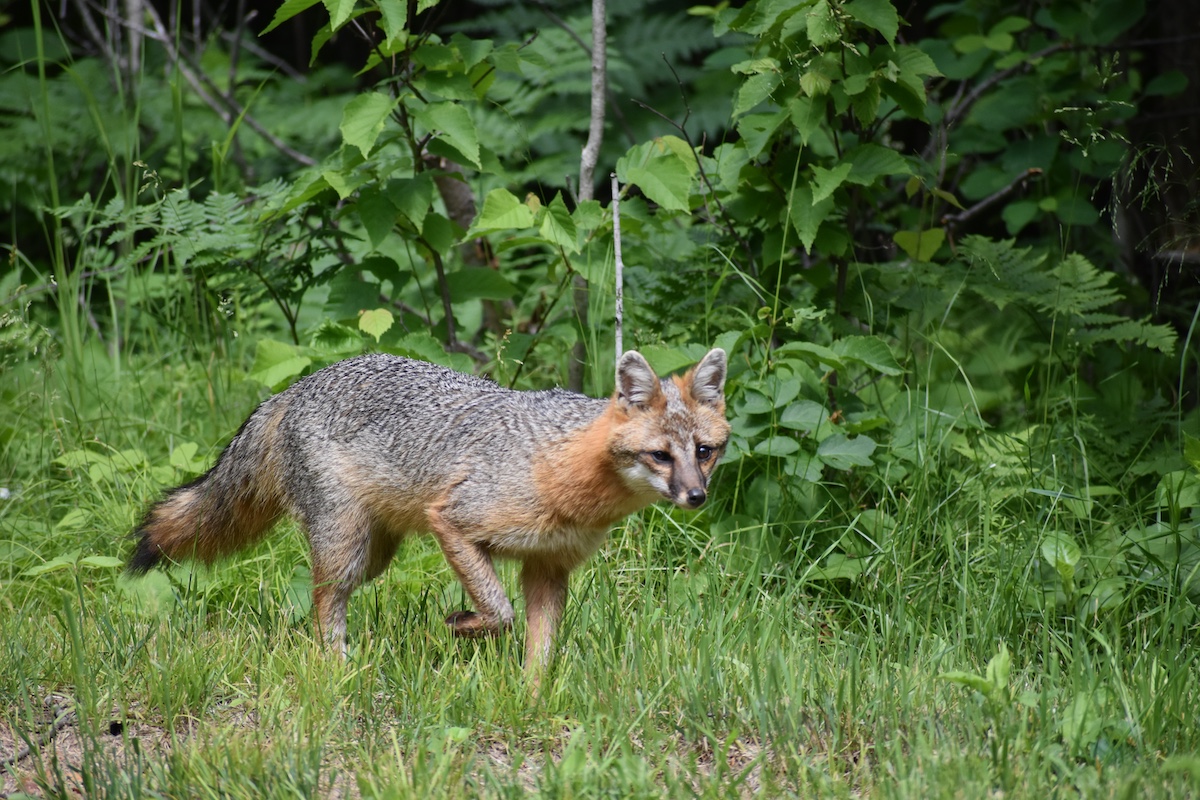
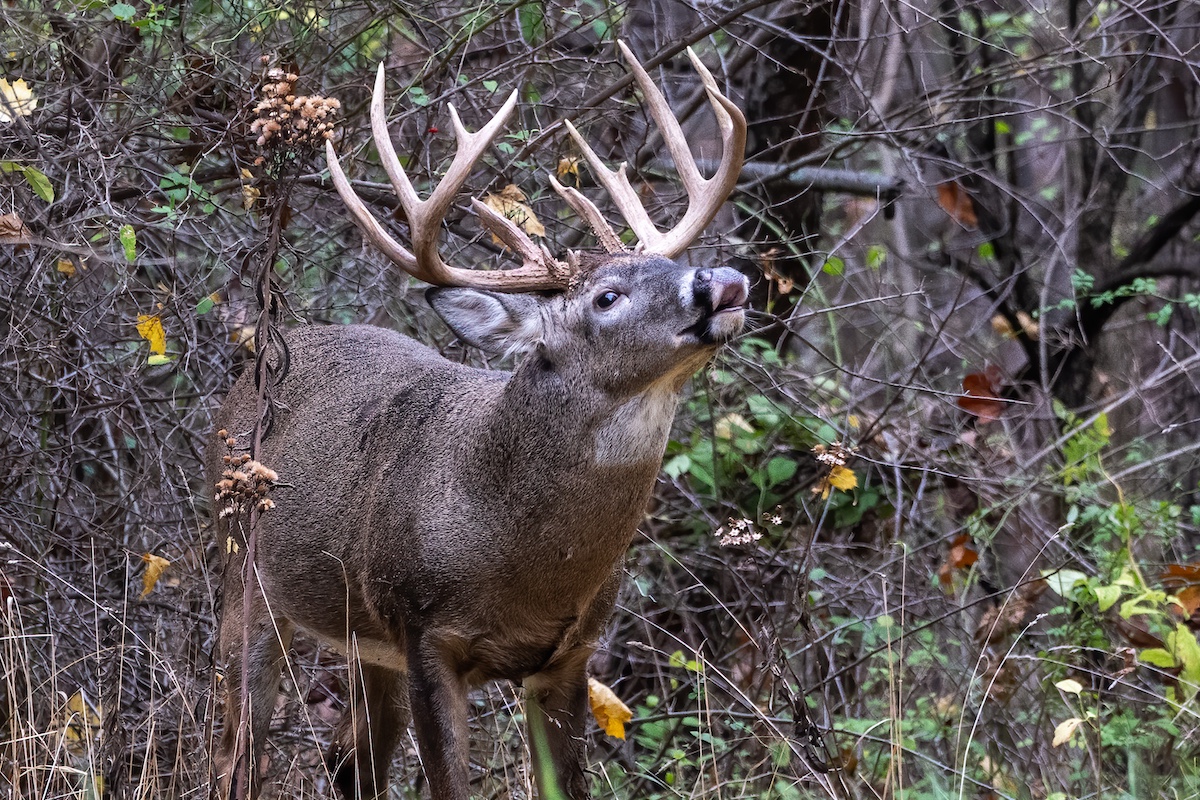
Submit a question for the author